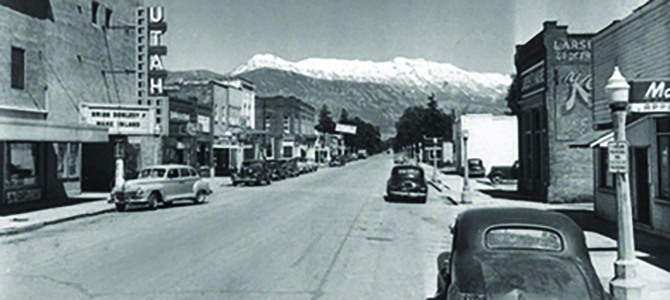- Pay Utility Bill
- Search

About Lehi
As Utah’s sixth oldest city, Lehi is rich in pioneer and old west history. Originally settled by Mormon pioneers, the City has been known as Sulphur Springs, Snow’s Springs, Dry Creek, and Evansville. It was incorporated as Lehi City in 1852. The Overland Stagecoach Route, the Pony Express Trail, and the Transcontinental Telegraph all passed through or near Lehi during the peak of their use.

Today, according to the U.S. Census Bureau, Lehi is the 14th fastest-growing city in the country. The City has more than doubled in size since 2006, with population estimates approaching 85,000 residents. Lehi is quickly becoming a premier technology and commercial center along the Wasatch Front. Several landmark companies call Lehi home. Lehi is also home to a wide variety of retail stores and restaurants. Thanksgiving Point, a unique destination offering museums, botanical gardens, shopping, restaurants, and other entertainment options highlights all that Lehi has to offer.
Lehi is a beautiful place to live and work. Utah Lake is located just to the south, with the picturesque Jordan River running through the City. Lehi is surrounded by the Wasatch Mountains on the East and the White Mountains and Oquirrh Mountains on the West. Lehi’s beautiful natural surroundings provide easy access to hiking, mountain biking, fishing, camping, skiing, hunting, and many other outdoor activities.
The City provides a full range of services, including police and fire protection, construction and maintenance of roads, parks, commercial and residential building inspection, recreational opportunities (including a recreation center, indoor pool, and outdoor pool), and many cultural events. The City also owns and operates a culinary water system, a secondary water system, a wastewater system, a storm water system, an electrical distribution system, solid waste collection, and an emergency medical service.
Indeed, Lehi City is pioneering Utah’s future!

